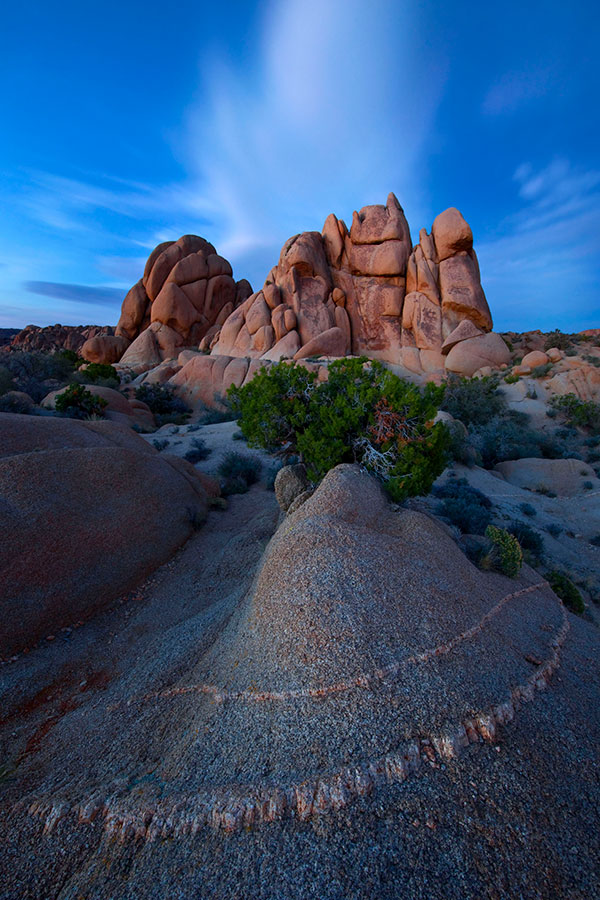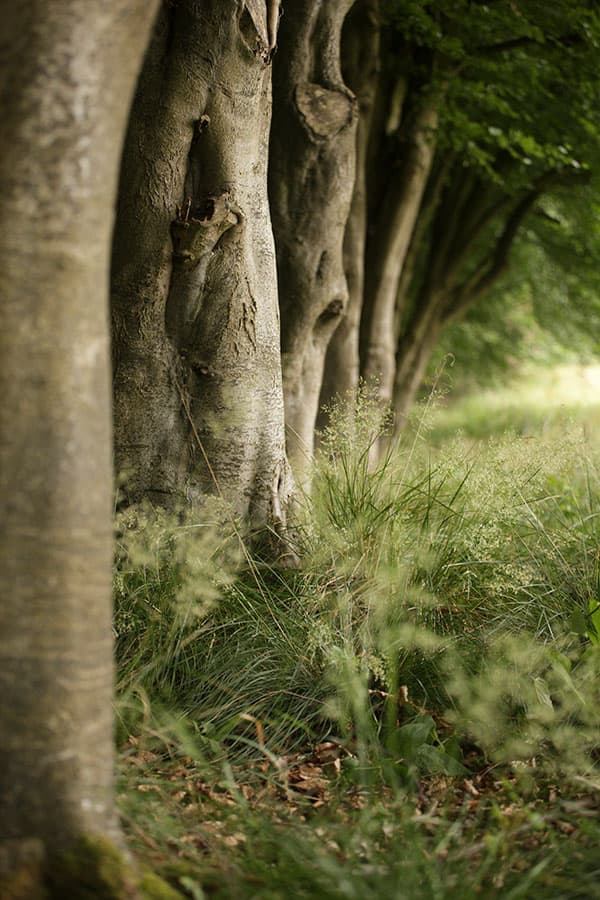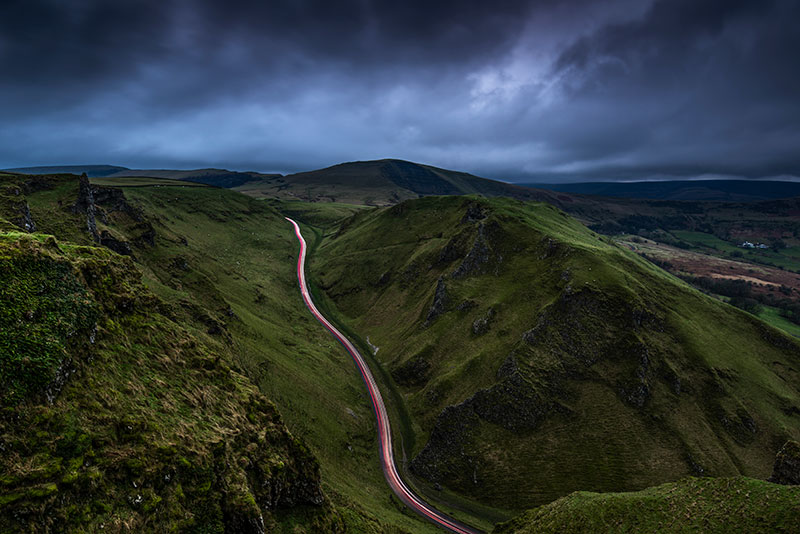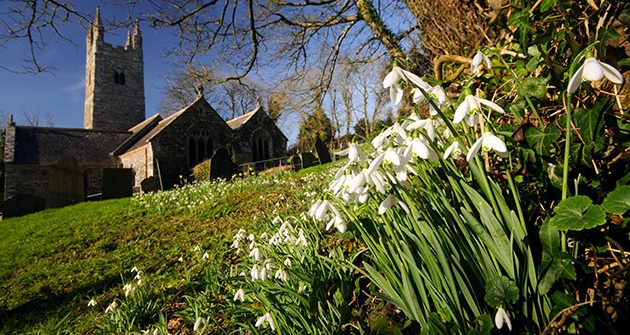
Use a polariser
Ross Hoddinott
Polarising filters allow you to regulate the effects of polarised light. They saturate clear blue skies and reduce, or even eliminate, the glare reflecting from glossy or wet petals and leaves from surrounding foliage. They will give your photos some vibrancy. Whether you are shooting a carpet of bluebells or a field of poppies, a polarising filter will really help bring life to your landscape photography. Simply rotate the filter’s outer ring until you achieve the level of polarisation and effect you desire.

Credit: Claire Takacs
Lead the eye in
Claire Takacs
Framing your image so that a pathway in a garden leads and invites the viewer’s eye into the image can be really powerful. It can help viewers imagine themselves being there more clearly and lead them through the garden scene.

Use a wideangle lens to create depth between near and far objects. Credit: Ian Plant
Near-far
Ian Plant
Juxtaposing a close object with a far object creates depth in landscape photography composition and enhances visual interest. This is a favourite technique of landscape photographers and is especially powerful when using a wide angle lens close to a nearby object with stunning, dramatic scenery in the background.

Use smartphone apps such as PhotoPills to help you plan your shoots. Credit: David Clapp
Coincide your city shoot with a full moon
David Clapp
Nothing looks more beautiful than a full moon rising over the cityscape; so try to plan your angles using a smartphone app such as The Photographer’s Ephemeris or PhotoPills. The power of the moon acts like a gigantic flashlight, so the sky never gets truly dark, which helps lift those deep blues and provide a fabulous backdrop.

Credit: James Paterson
Shallow-focus landscape photography
James Paterson
A solid stock-exposure setting for landscapes is to use aperture priority at f/16, ISO 100. This way there’s usually enough depth of field to ensure front-to-back sharpness, and the low ISO ensures maximum image quality. However, like all stock settings, it shouldn’t always be the default. At times f/16 is unnecessarily narrow. When there are no objects too close to the camera, f/8 may suffice. And as a bonus, a mid-range aperture will often be closer to your lens’s sweet spot for maximum sharpness. What’s more, there could be times when minimising the depth of field results in a more creative image by allowing you to isolate parts of the frame and blur the rest.

Credit: James Abbott
Traffic trails
James Abbott
Shooting traffic moving through rural environments can help to bring a scene to life and add an element of dynamism to your landscape photography. In rural locations traffic is often more sparse than in the city, so it’s best to shoot at a time when you know it will be busy. Winnats Pass in the Peak District is relatively quiet, except for roughly an hour between 5 and 6pm when a greater volume of traffic uses this iconic road.
More landscape photography articles:
Master Intentional Camera Movement for creative landscapes
How to photography black and white winter landscapes
Intimate spring landscape photography with a difference
How to shoot moody landscapes









